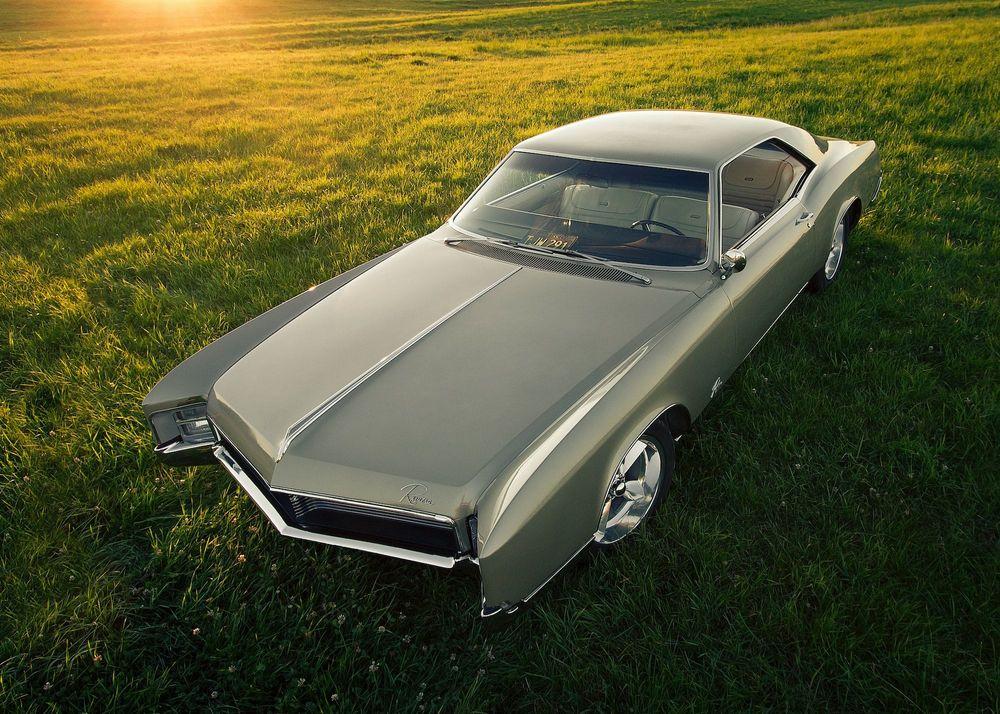Should I Trade In My Car? You’ve had your faithful auto for a while. You’ve put some miles on it… made some memories… road trips… vacations… traffic jams…
What now?
You have a few choices:
- Trade it in at a dealer
- Get a dealer cash offer
- Keep it for a while longer
- Sell it to a private party
Each has its merits and drawbacks. Which is right for you depends on your situation. We’ll take a look at the options and discuss what might make trading in useful for you.
How To Trade In Your Car at a Dealer
You might call trading in your car the “quick and easy solution.” Of course, the process can take hours.
- The dealer inspects the car to determine what kind of shape it’s in.
- You look for a new or used car. If you arrived already knowing what you want, great. If not, You’ll spend some time checking out the inventory and taking a few test drives.
- You may have to take some time to work out a deal that suits you. Is it better to lease? What kind of payments can you afford? What are you qualified for with your credit score?
- Then there’s the add ons. Does an extended warranty make sense? What about gap insurance? Tinted windows? Upgraded sound system?
You can expect to spend half the day trading in your car. Yet still, in some ways, it’s easier than other options.
For one thing, you can take care of everything in one place.
And there’s a lot of paperwork that goes with buying, selling, and trading in a car. The dealer has access to all the documents you need.
Tax Savings
Some states tax you for the difference between the price of your new car and the trade-in value of the old. If you get an offer of $10,000 for your trade for a $27,000 car, you pay sales and use tax on $17,000.
Trading With Negative Equity
During the first few years of a car loan, you might find that you owe more than the value of the car.
It’s said that a new car loses value by 9% or more the moment you drive it off the lot. During the first 5 years, a new car depreciates by 15-25% per year.
Several items go into how much a car loses value:
- Mileage. Ordinary wear and tear on moving parts reduce the useful life of the vehicle. The more miles you put on a car, the faster it loses value.
- Buyers’ taste in autos. Just like fashion trends in clothing and accessories, the auto industry sees trendy cars come and go.
- Economic factors. Unemployment rates, tax rates, and the price of fuel can affect how much people are willing to pay.
- Reputation. Cars that have a history of a lot of recalls and warranty buybackstake a nosedive in value. Cars known for safety and reliability keep their value longer.
To find the rate your car depreciates, use a car value guide such as Kelley Blue Book to find out what your car’s worth now.
Besides Kelley Blue Book, other reliable pricing guides include:
- Edmunds. Using data from sales of similar cars in your region, Edmunds quotes a car’s “true market value.”
- NADAguides. J.D. Power provides pricing data for the National Automobile Dealer Association (NADA). NADAguides uses data from car sales at dealers and auctions. It also takes into account economic conditions such as interest rates, employment rates, and fuel prices.
- Consumer Reports. A trusted resource for all kinds of consumer goods, Consumer Reports gets its data from wholesale and auction pricing.
Once you’ve found the value of your car, you can calculate the depreciation rate.
Subtract that amount from what it was worth when you bought it. Divide by the number of months since you bought the car. That gives you how much your car depreciates per month.
For example, a new Jeep Wrangler in 2017 sold for $28,000. In 2020, it was in good condition with 75,000 miles. It had a Kelley Blue Book trade-in value of $16,705. Over 3 years, it depreciated $28,000 - $16705 = $11,295.
A customer bought it in April 2107 and went back to the dealer for a trade-in offer in August 2020. That’s 40 months. $11,295 ÷ 40 = $282.38 per month.
This is the straight-line method of depreciation used in accounting. It’s one of the IRS approved methods for business tax write-offs. In reality, your car loses value at a faster rate in the first 3 years of ownership.
Suppose the owner still owed $18,000 on the vehicle. $16,705 - $18,000 = -$1295. So the owner is “underwater” or “upside-down” on the car loan. That is, the Jeep has negative equity of $1,295.
In this case, the dealership would offer to roll in the $1,295 into the amount of the new car loan.
So if the buyer wants a car that costs $30,000 and finances at 6% interest annually, the amount she would need to finance for 72 months would be…
- $30,000 + $1,295 = $31,295.
- $31,295 X 6% interest = $187.77 per year.
- 187.77 X 6 years = $1,126.62 finance charges.
- $31,295 + $1,126.62 = $32,421.62 total loan amount.
That would make the monthly payments $450.30.
Alternatives To Trading In
Dealer Cash Offer
You can get a cash offer through Kelley Blue Book or other car value site. It works like this:
- Enter your vehicle identification number (VIN) or license plate into the cash offer tool.
- Answer some questions about your car.
- Get a cash offer, good for 7 days.
You can take the offer to a participating dealer. They will inspect the car to confirm its value. You can then take cash or trade in your car.
Some car supercenters like CarMax will make a cash offer even if you don’t buy from them.
Keep the Car a Little Longer
If you’ve cared for your car well, it might still serve you for a few more years. Of course, its value will continue to decline. Still, it might be a good idea if…
- You’ve paid it off. You can enjoy not having a car payment for a while. You could save that money for a bigger down payment on your next car.
- It’s still mechanically sound. If it’s still reliable, it might make sense to hang on to it for a while.
Your repair and maintenance costs might increase as you put on more miles. But the costs might be less than new car payments.
Holding on to an old car has its disadvantages. Newer cars have more safety features than you find in older cars. They also have newer technology like HD radio, USB connections, Bluetooth, etc.

Sell Your Car Privately
You can get more from a private sale than you’d get from a dealer. The dealership is going to pay the wholesale price. That is, they buy low so they can sell for a profit.
A private sale is a good bargain for the buyer too. The value in the private market is less than dealer retail. A buyer could save thousands of dollars.
The greatest disadvantage is that it takes a lot of time. You could spend hours at a dealership for a trade-in. Private sales can take several hours a day for weeks, or even months.
And it’s risky. There are a lot of used car scams on the internet. You have to be careful when giving your private info to strangers.
Setting up a test drive can be a pain. You don’t want strangers coming to your home, so you have to find a safe place to meet your prospects.
And it seems like the back-and-forth emails, texts, and phone calls never end.
That’s why PrivateAuto created the test drive scheduling tool.
It’ll recommend locations for you. Choose where you want to meet and select times you’re available.
There are other ways PrivateAuto makes private sales easier…
You get an offer management tool. You can reject offers you don’t want and keep others in play until you get the offer you want.
PrivateAuto helps you avoid scam offers. We verify every prospect's email, phone number, and driver’s license.
And we help in other ways:
- Advertise your car for free until it’s sold
- A free printable window brochure lets you advertise on the road
- Preloaded state-specific documents and bill of sale
There’s virtually an infinite number of places you can sell your car online. You can advertise for free on a lot of them. You should advertise on as many as you need to attract buyers.
When it’s time to close the deal, you can trust the handy features of PrivateAuto.
Final Thoughts
Trading in your car at a dealer is the easiest way to sell your used car. But it might not be the right solution for you.
With a little extra effort and time, you can get a better price from a private sale.
A lot of car sellers advertise on several car trading sites. You should too. When it’s time to close the deal, take advantage of PrivateAuto’s convenient selling tools.
Main picture taken for FindByPlate | Two vintage Volkswagen beetles in the grass field
